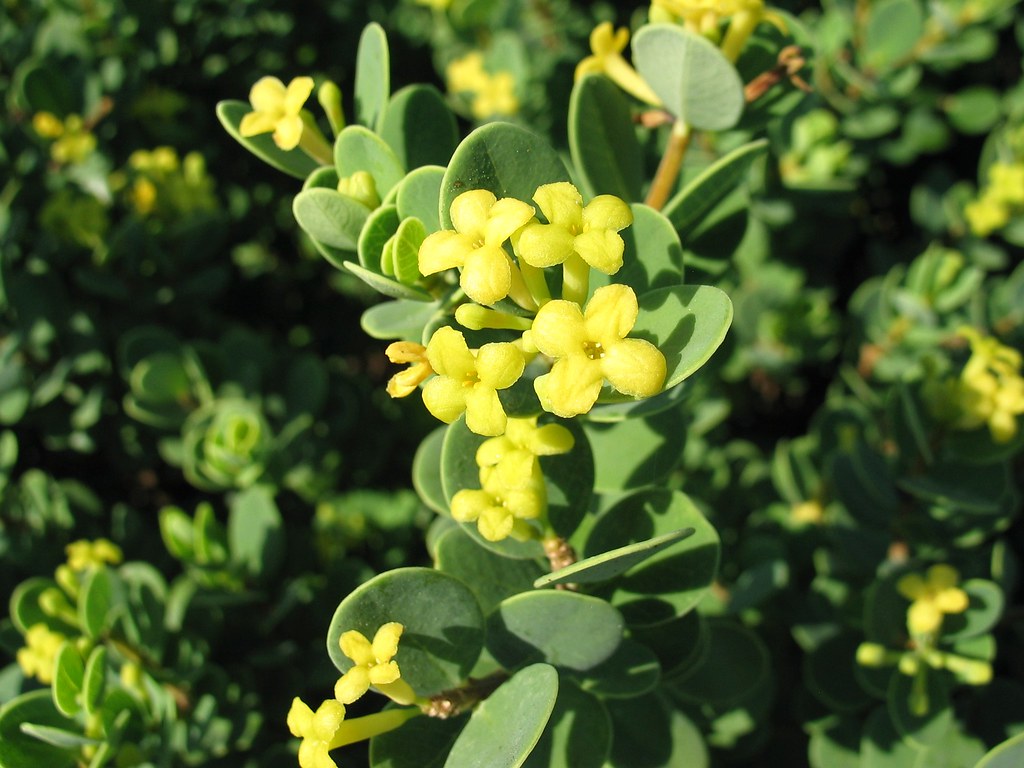Botanical Description:
Scientific Name: Achillea millefolium
Common Names: Yarrow, Milfoil
Description:
Yarrow (Achillea millefolium) is a perennial herb with finely dissected leaves and clusters of small, tightly packed flowers. Belonging to the Asteraceae family, yarrow has a rich history of use in traditional medicine. Explore the traditional uses, constituents, and applications of Yarrow in this Materia Medica.
Disclaimer:
This Materia Medica is provided for informational purposes only and should not replace professional medical advice. Please consult with a qualified healthcare practitioner or herbalist before using any herbal remedies.
Therapeutic Actions:
- Anti-Inflammatory:
- Yarrow is known for its anti-inflammatory properties, contributing to its use in addressing various inflammatory conditions.
- Antispasmodic:
- It may act as an antispasmodic, potentially providing relief from muscle spasms and cramps.
- Hemostatic (Wound Healing):
- Yarrow has historically been used for its hemostatic properties, aiding in wound healing and reducing bleeding.
- Diaphoretic:
- It is considered a diaphoretic, promoting sweating and potentially aiding in fever reduction.
Constituents:
- Flavonoids:
- Yarrow contains flavonoids, contributing to its anti-inflammatory and antioxidant effects.
- Alkaloids:
- Some varieties of Yarrow may contain alkaloids, contributing to its overall therapeutic effects.
- Volatile Oils:
- Volatile oils found in Yarrow contribute to its aromatic properties and potential benefits.
Traditional Uses:
- Wound Care:
- Yarrow is traditionally used topically for wound care, promoting healing and reducing bleeding.
- Digestive Aid:
- It is employed as a digestive aid, potentially relieving symptoms of indigestion and bloating.
- Menstrual Support:
- Yarrow is used traditionally to support menstrual health and alleviate menstrual cramps.
- Fever Management:
- Yarrow may be used as a diaphoretic to promote sweating and aid in fever management.
Dosage and Preparation:
- Yarrow Infusion:
- Infusions can be made using dried Yarrow flowers and leaves. Dosage may vary, and it’s essential to follow recommended guidelines.
- Tinctures:
- Tinctures prepared with Yarrow are available. Dosage should be followed as per product recommendations.
- Topical Applications:
- Yarrow-infused oils or salves can be applied topically for wound care. Follow proper guidelines for external use.
Cautions and Considerations:
- Allergies:
- Individuals with known allergies to plants in the Asteraceae family (such as ragweed) should exercise caution.
- Pregnancy and Breastfeeding:
- Safety during pregnancy and breastfeeding is not well-established, and consultation with a healthcare professional is recommended.
- Blood-Thinning Effects:
- Yarrow may have mild blood-thinning effects, and caution is advised for individuals taking anticoagulant medications.
Conclusion:
Yarrow, with its finely dissected leaves and clusters of flowers, has been a valuable herb in traditional medicine. Whether used for wound care, digestive support, menstrual health, or fever management, Yarrow offers a versatile range of benefits rooted in historical practices. This Exhaustive Materia Medica aims to provide comprehensive insights into Yarrow’s botanical description, therapeutic actions, constituents, traditional uses, dosage, precautions, and applications. For personalized guidance and optimal usage, consultation with healthcare professionals or herbalists is recommended, particularly for individuals with specific health conditions.






